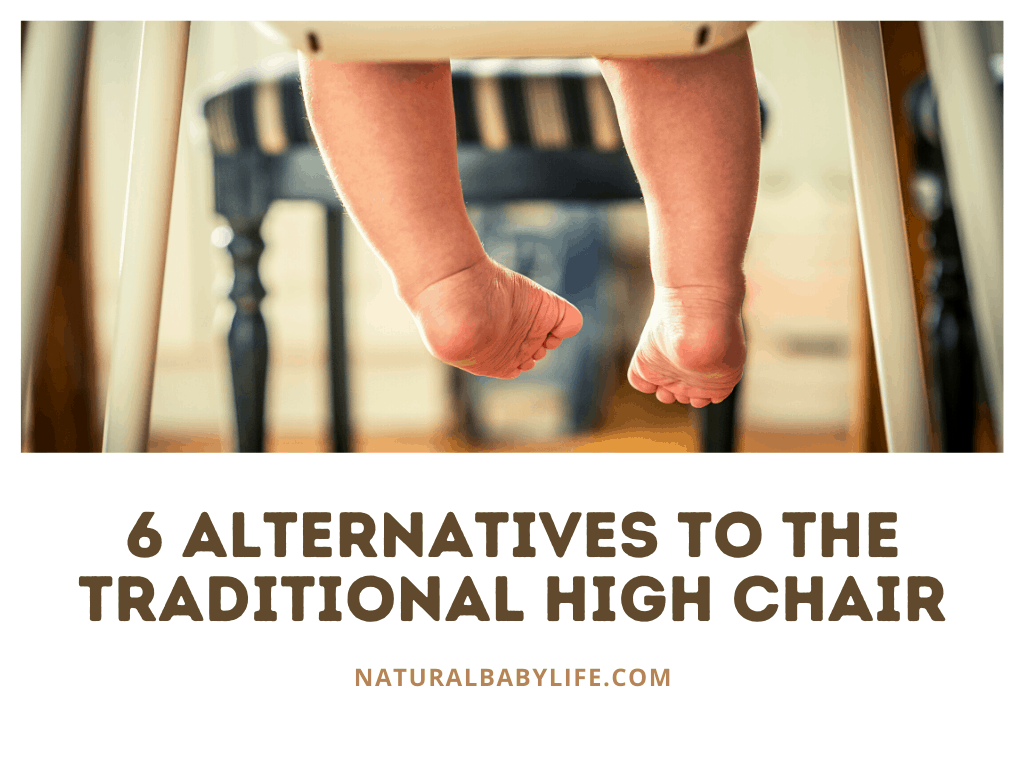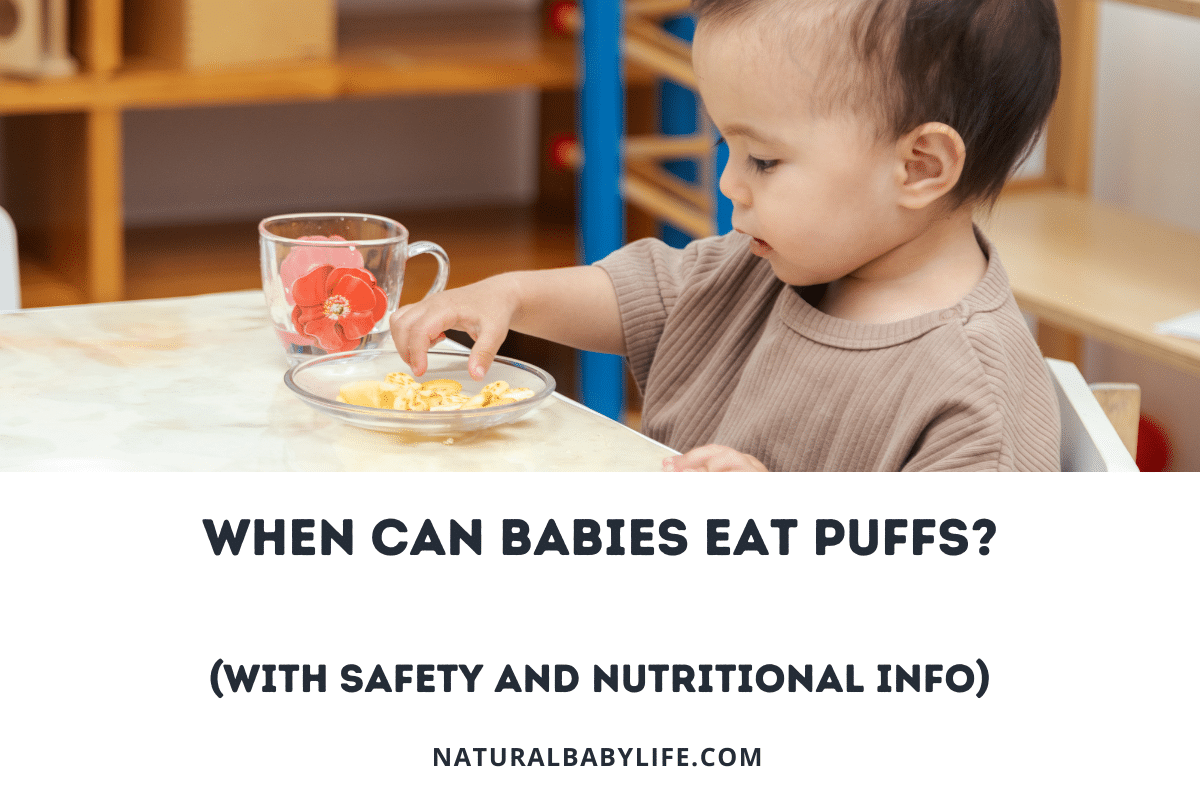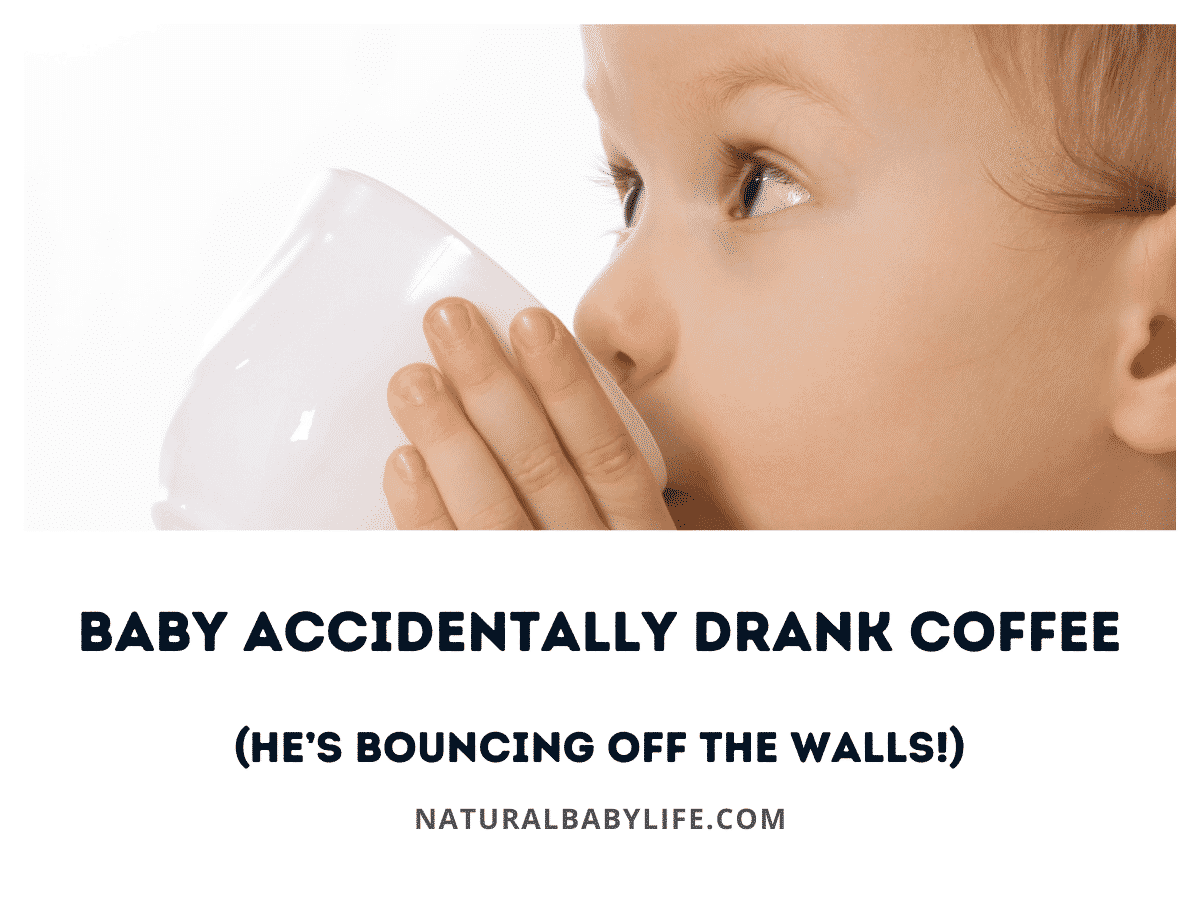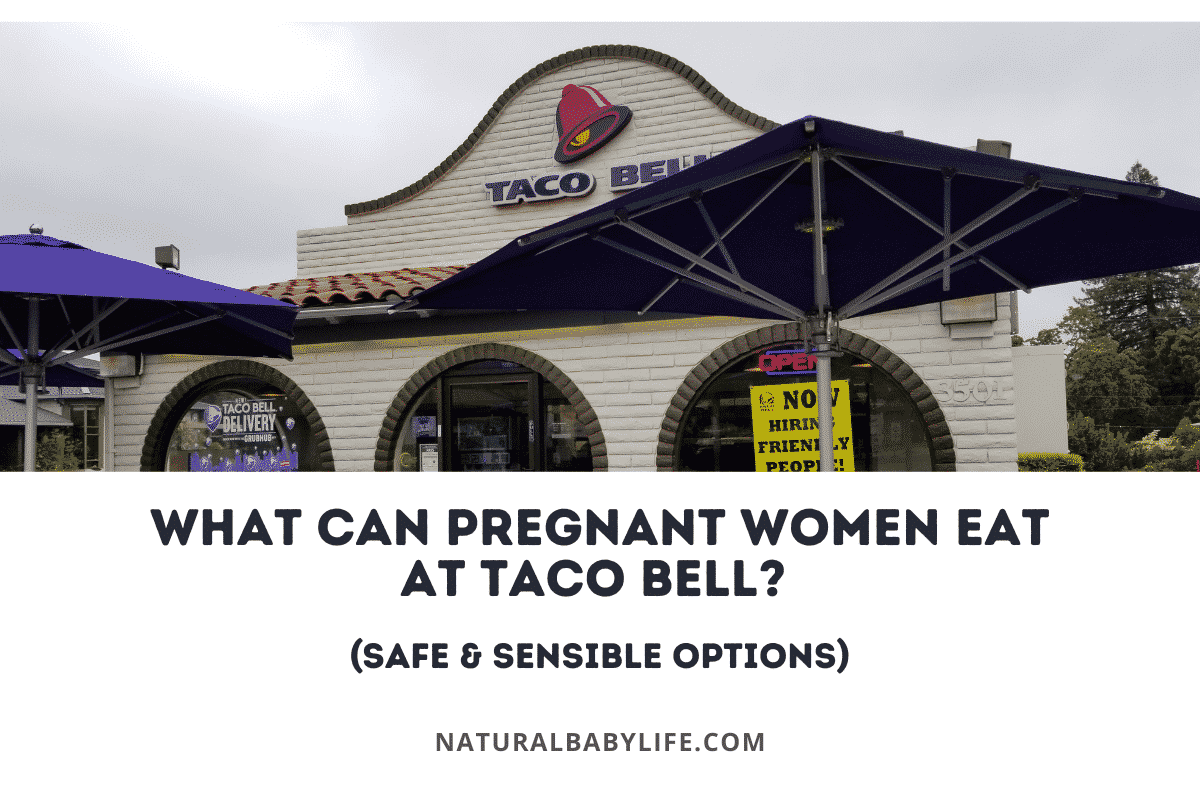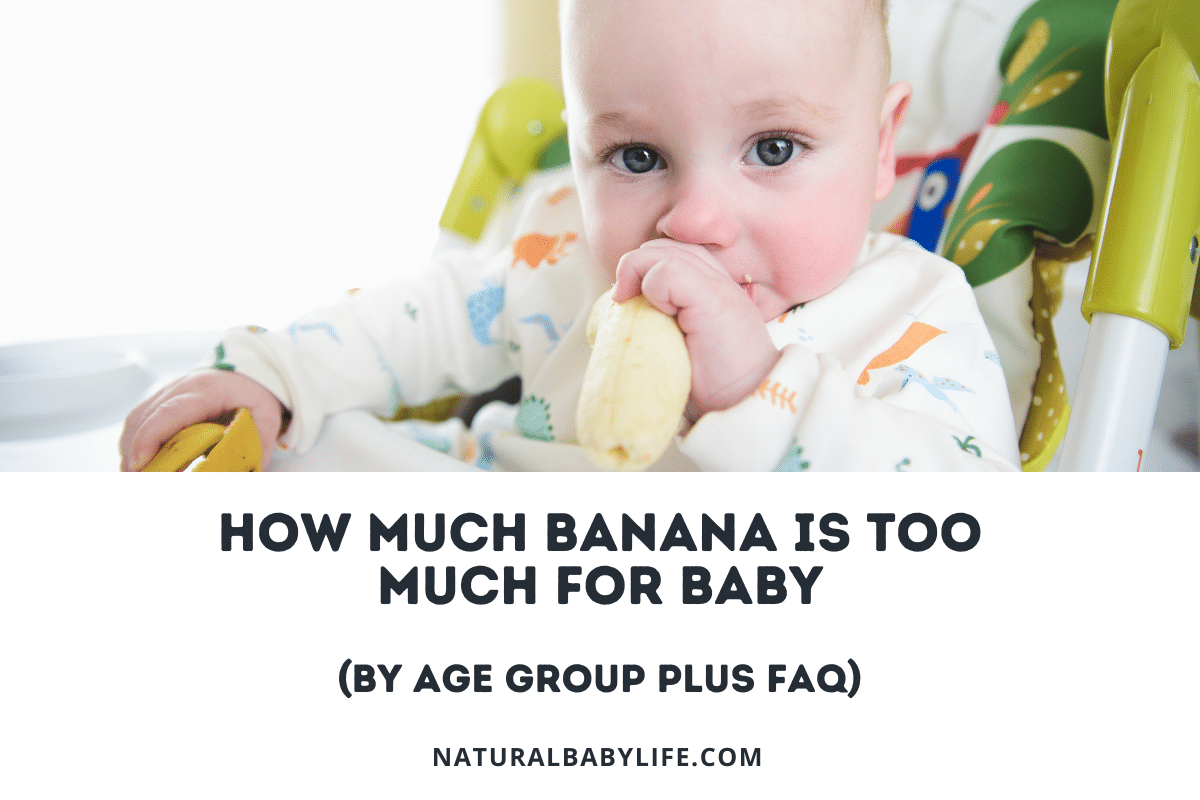Many parents might wonder if there are good high chair alternatives that can help them save money without sacrificing convenience. You might even wonder if feeding a baby without a high chair is possible!
There are many alternatives to the traditional high chair including booster seats, folding high chairs, travel harnesses, hook-on high chairs, chair boosters, and toddler towers. These alternatives will attach to the table, strap to a chair, or sit on the floor and can often be easily cleaned and stored away after meals.
Before you decide on a large traditional high chair, take a look at these six alternatives, all of which are either smaller or more economical (and most are both).
Table of Contents
The best high chair alternatives
When you are making your baby registry, it may be overwhelming to try and figure out what you actually need, what would be nice to have, and what is just unnecessary. Along with a car seat, crib, and diapers, a traditional high chair that will spend the next several years as a permanent fixture at your table is generally considered a universal need, but is it really?
A high chair can cost upwards of $400, will typically only be good for a few years (especially if you only have one child), and will probably take up a large amount of space at your table. If you are looking for a more cost- or space-saving option, there are several alternatives to consider.
With that said, each alternative will have their own individual pros and cons which means an option that works best for one person might not be the best for another person. Personally, I’ve used most of these alternatives with my own four children and different ones have made more sense at different times.
Let’s dive into each one and see which is the best high chair alternative for you!
Folding High Chair
A folding high chair is similar to a traditional high chair in that it is a complete seat for a baby or toddler that elevates them to sitting height for a standard table and allows them to be more on the level with a parent or caregiver for socialization and feeding. Depending on the model you choose, most folding high chairs are similar in price to a budget or moderately priced traditional high chair.
With this alternative, you are basically getting a slimmed-down version of a traditional high chair that trades some stability and features for more convenience. These can normally be stored leaned up against a wall or inside a pantry or closet.
You can find some great examples of folding high chairs here.
Pros
- Storage – When not in use, folding high chairs can be put away easily in a relatively small space compared to the footprint of a typical high chair.
- Tray – Many folding high chairs include a serving tray that helps keep your child’s food within reach. Thankfully this tray is also typically easy to remove and wash (and is often dishwasher safe).
Cons
- Price – Folding high chairs tend not to skew as high as traditional high chairs in price (possibly because of the limited availability of high-end folding options) but they are also not necessarily more economical than a budget or mid-range one.
- Space – Although it does fold up to occupy less floor space than a traditional high chair, you will still need a tall space in which to store the high chair once folded. Additionally, when in use, a folding high chair has a comparable footprint to its static counterpart.
Booster Seat
A booster seat is a structured (usually plastic) seat that straps on to your regular chair to accommodate a baby or toddler at the dining room table. Depending on the model you choose, the amount of lift provided will vary, but it will perform similarly to a high chair.
This is a good option for older babies and toddlers that are better able to eat from the table as long as they are the correct height. Younger babies, meanwhile, won’t get the same benefit unless you find one with a detachable tray.
You can find great examples of booster seats here.
Pros
- Cost – Compared to a mid-range $150 high chair, a decent booster seat is a great choice at $35-$60. Some booster seats are designed only for older toddlers who are ready to eat directly from the table, but for just a few dollars more you can get a convertible one with a removable tray.
- Size – Many booster seats are small enough to carry with you when traveling to a friend or family member’s house. Even if you are not planning on taking it on trips, the size makes it easier to store than a traditional high chair.
Cons
- Cleaning – Some booster seats are padded and may be difficult to clean. Even if this isn’t the case, they still tend to have more places for food to get stuck because of the additional set of straps.
- Safety – A larger child may still be able to topple the chair more easily than a high chair, which tends to have a larger base to avoid just such an issue.
Travel Harness (Portable High Chair)
A travel harness (often called a portable high chair) is similar to a booster seat in that it straps on to an existing chair, but it is made of cloth instead of plastic. With most versions, you slide the cover over the back of the chair and secure it in place then secure your baby in place with a standard five-point harness.
These can work pretty well, especially for slightly older babies, because they keep them firmly attached to the chair and they are extremely portable. Like, fold up and put them inside your diaper bag portable. That means you could have one inside your bag if you are out and about around town for the day and not have to worry about lugging around a larger hook-on or booster seat around.
You can find some good examples of travel harnesses right here.
Pros
- Cost – At $15-25 each, you can buy several for the cost of even a budget traditional high chair.
- Storage – Most options come with their own carrying bag for easy storage and transport. Even ones that do not will fold down easily and can be kept in a linen drawer when not in use.
Cons
- Cleanliness – Being cloth, the harness cannot be wiped down as easily as a plastic booster seat or standard high chair and will need to be washed regularly.
- Weight Limit – While even many mid-range traditional high chairs are convertible and able to be used for several years, travel harnesses are not recommended for children over 33 pounds which is around the 2-year-old mark.
Hook-On Seat
A hook-on seat attaches directly to the table and allows your baby to eat with you rather pushed back from the table. These are actually surprisingly expensive in some cases, owing to the fact that they have to be quite sturdy and well-built to hold a toddler. Most options will run you between $70 and $90 and are comparable to a budget high chair.
I’ve gone into a lot of detail about what exactly a hook-on high chair is and whether or not they are safe if you want to check it out!
These are handy because you can usually attach them to almost any table and you won’t have to depend on a chair for them to work at a restaurant. They really shine in a park or camp setting where you can simply hook them to the edge of a picnic table!
You can find great examples of hook-on high chairs right here.
Pros
- Proximity – Since the seat attaches directly to the dining table, your baby is able to join the family meal instead of being pushed out of the way by the large base of a high chair. Some options also allow him to swivel in the seat for a full view of the area and improved feeding.
- Tray – Most hook-on seats include a serving tray for your baby which camouflages the top portion of the hook and allows for easy clean up after the meal.
Cons
- Limited Use – A hook-on seat cannot be used on all tables, such as ones with glass tops or unsupported leaf extensions. Additionally, hook-on seats are not rated for children above 37 pounds.
- Cleanliness – Because of all of the elements required to connect the seat to the tabletop, it can be difficult to keep all of its nooks and crannies clean.
Chair Booster
Like some other high chair alternatives, a chair booster allows you to use your regular table chairs. The difference here is that instead of adding an element for your child to sit in, the chair itself is lifted so your child is better able to reach the table.
It might sound a little weird but this alternative could work well for older and more fiercely independent toddlers. Trust me, I know a couple 😉
Pros
- Appearance – You can still use your regular chair instead of spoiling the appearance of your table or dining room. This can also be great for your toddler or small child’s morale because it allows him to sit “like a big kid” and join the family table by sitting in the same chair as everyone else.
- Adaptability – When not in use, a chair booster is simple to remove and store so that the chair can be used as normal. Additionally, some boosters have multiple stages so you can find the lift height that works best for your child and table.
Cons
- Age – Unlike a traditional high chair, a chair booster is only appropriate once your child is old enough to sit safely in a regular chair.
- Safety – Since the chair booster operates on the legs of the chair and not the seat, there are no additional securing features to help keep your child in the chair. If you choose a chair booster for a toddler, you may want to also purchase a strap to keep him from wiggling off the chair.
Toddler Tower
A toddler tower, also called a learning tower, can be used instead of a traditional high chair during informal meals. It allows your child to stand up beside the table or counter and move around in a small area.
This is another slightly different alternative but these will have many more uses besides just feeding times for toddlers. They will be useful in helping your toddler learn to wash his hands, brush his teeth, and generally be more independent.
You can find great examples of these learning towers here.
Pros
- Freedom – If your child gets impatient while you are preparing meals, the relative freedom a tower allows may help to keep him occupied instead of running around the kitchen.
- Versatility – A toddler tower is good for more than just mealtime, and can be used for including your little one in cooking and baking, as well as giving them access to the sink for handwashing.
Cons
- Cost – You are unlikely to find a toddler tower for a comparable price to a budget high chair unless you are willing to do some DIY. They tend to be priced more in the $100-$200 range.
- Age – Since this is designed for the child to stand in, it will not be useful until your child is steady on his feet and capable of standing for extended periods of time, probably around 18 months.
If you still aren’t sure about what you should get instead of a high chair then you could also check out a resource I created on whether or not high chairs are necessary in the first place that you might want to check out!

